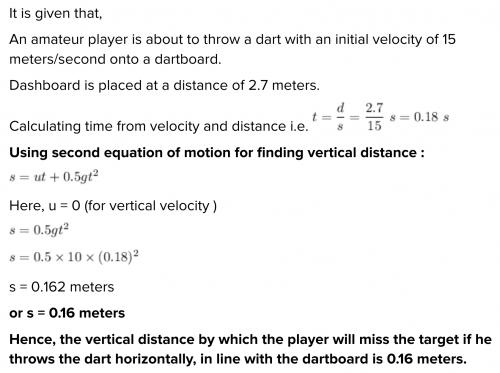 1
1  1
1 Answer:
Total Monthly debt payment = $5495.83Step-by-step explanation:
Note: Here some amounts are given as weekly and some as yearly. We can't add all amounts directly. For monthly payment we have to convert all the respective amounts into monthly payment first then only we can add.
Monthly debt payment = car payment + rent + Telivision cable/satellite + internet + cell phones + car insurance + gas + groceries + entertainment + clothing + life insurance + student loan payment
=750+1900+150+75+150+1450/12+400+100*4+50*4+200+50+1100= $5495.83
Annual Gross payment = $89500
monthly gross payment = 89500/12 = $7458.33
monthly savings = $7458.33 - $5495.83 = $1962.5
given that Johnsons have $13000 in savings.
Thus, average monthly amount = $13000 + $1962.5 = $14962.5
Total monthly expenses are same as total monthly debt payment = $5495.83

 1
1 The question specifies the diameter of the screw, therefore the IMA of this screw is 0.812? / 0.318 = 8.02
 1
1  1
1 
It will provide an instant answer!
